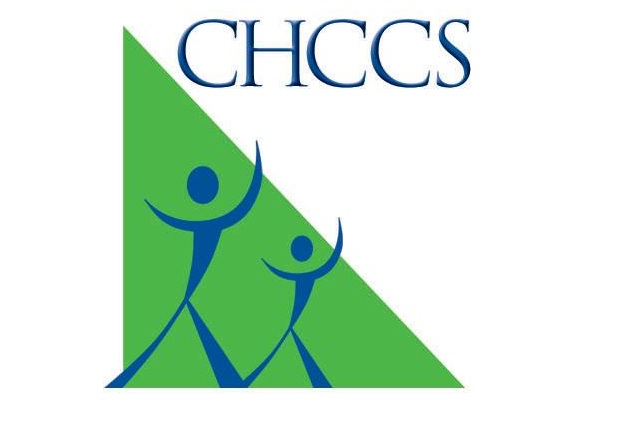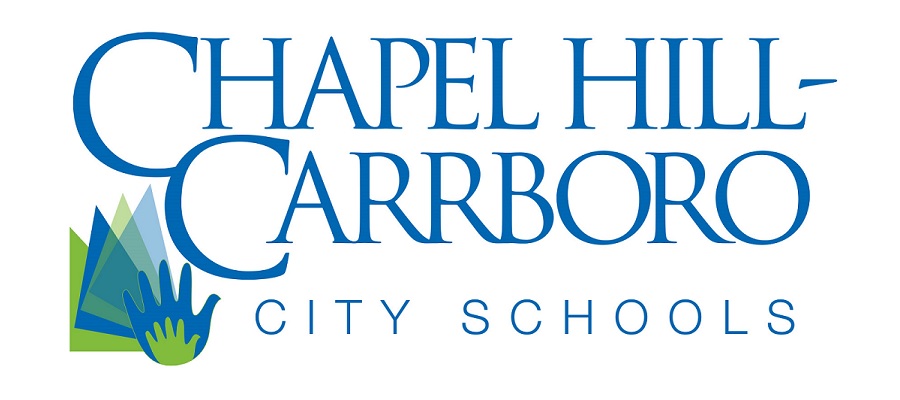School uniforms – a great equalizer, or a lack of free expression? Are they a necessary unifier or an expensive requirement? These are some of the debates surrounding the proposed uniforms at Frank Porter Graham Elementary.
The dual-language and magnet school includes a diverse population of students and staff. At Thursday’s school board meeting, Principal Dr. Emily Bivins said that since the school’s inception, there’s been talk of using uniforms to unite the diverse group.
“As a school, we are constantly attempting to try to unify so we’re not dealing with haves and have-nots,” Bivins said. “I think the uniform is one way of helping to try to do that.”
Bivins said this year will be a trial period for the uniforms. Families can choose to participate in the new dress code that lists a few solid colors for students to wear. Bivins said the uniform does not dictate specific materials for students, but rather focuses on unifying, and gender-neutral, colors.
“We’re not recommending it has to be a certain fabric or a certain style, we’re just recommending color. You wear a navy bottom, a khaki bottom, I don’t care if it’s cargo shorts, gym shorts, sweat pants, or regular twill pants. It could be any of those simply because not everybody likes or wears the same style of clothing the same way.”
Blivins outlined research the School Improvement Team conducted via online surveys and focus groups. She said of the 65 English-speaking families that responded, 80 percent supported the uniforms. And in a Spanish-speaking focus group of 43 families, 100 percent supported the uniforms.
Edith Cortes has a first grade student at Frank Porter Graham and spoke at the meeting using an interpreter.
“One of the reasons I support the use of uniforms is because it will limit social disparities and help students look the same and feel the same.”
Eliminating economic disparities was a popular topic discussed at the meeting, echoed by a member of School Improvement Team.
“We’re really happy and proud of being a very diverse school, but at the same time, this comes with challenges and this issue of the uniforms comes to try to address the issues of social and economic disparities.”
He spoke on behalf of other Latin American families who are used to the uniforms.
“I come from Latin America where almost 100 percent of our public schools have uniforms to address this precise issue.”
Bivins said acknowledging the Latino Community’s cultural connection to uniforms is important in growing the school community.
“What were also trying to do is honor a population of parents in the school who don’t traditionally speak out and they’re saying, ‘We want a uniform. It feels right for us and it’s what we’re used to.’”
Bivins estimates the cost of uniforms to be between $50 and $75 for five shirts and pants, depending on the brand. For those families who may struggle with the financial burden the uniform brings, Bivins said the school is working to develop what she called a consignment store for the uniforms.
Allison Cavanaugh is also on the School Improvement Team and echoed the importance of reaching out to the Latino community.
“The uniforms will make us more culturally relevant for families from Latin America where uniforms are really the standard and we hope this will improve our parent’s engagement with their children’s academic life,” Cavanaugh said.
She said the uniforms also help to develop a sense of pride for the school with a unifying look.
“I think we really want to do this at FPG for all of our students to level the playing field, to reduce peer pressure around clothing choices, to reduce unconscious bias and to offer our kids for feel that sense of pride and that sense that they are part of something really unique and special.
This year will be a trial period for the uniforms, with next year’s kindergartners being the first class to experience the full uniform policy.





Comments on Chapelboro are moderated according to our Community Guidelines